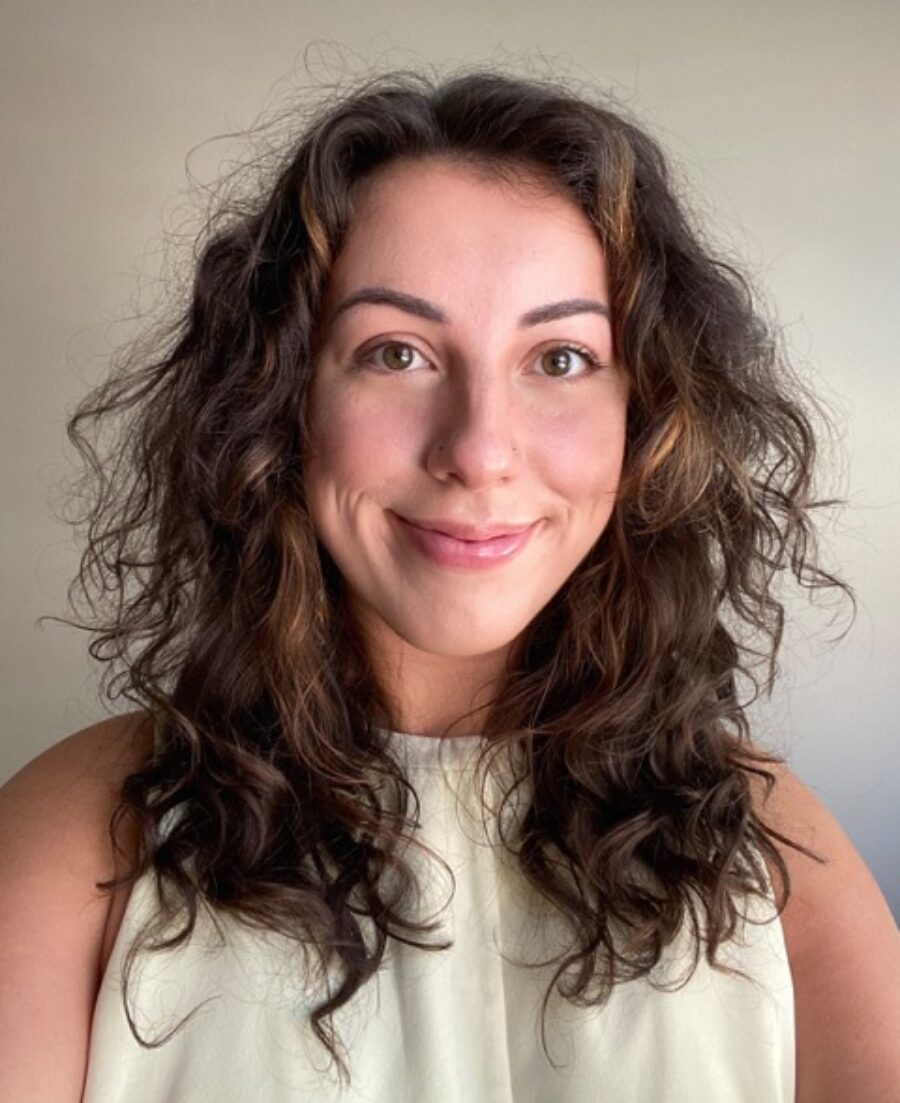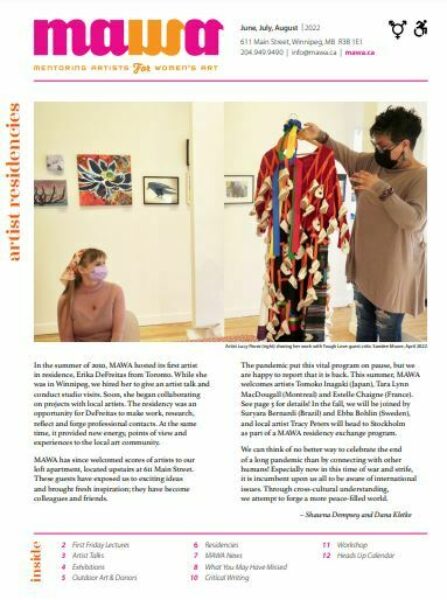Intellectual property policy is an issue in many aspects of daily life, including artmaking. The topic remains one of the most puzzling, obscure and misinterpreted subjects, and is as disputed as it is pervasive. It represents an elaborate network of laws, policies and values that administer the dissemination of thoughts, expressions, innovations, and imagination. Every artist, and every person who interacts with art whether knowingly or not, will find themselves intersecting with the intricacies of intellectual property law one way or another. As an artist who is completing my first year of law school, my aim here is to provide broad considerations for artists as they display and/or use or reuse expressions, innovations and creations, whether their own or others’, with regard to intellectual property.
The three key elements to intellectual property include patent, copyright and trademark, with a fourth element, trade secret, in development. Patents pertain to devices and processes, not words, texts or phrases. Copyright is about the distribution of creative and informative work. Trademark law allows a company to protect and appreciate its “goodwill” in the marketplace. A trademark points to an explicit signifier, such as a logo, design, colour, smell, sound or shape.
The aspect of intellectual property law that is most pervasive and has the greatest impact on art makers is the most omnipresent cultural regulatory system in the world: copyright. If you write emails to colleagues, post photos to Meta and reels to Instagram, YouTube or TikTok, you are a copyright holder. If you sing “Super Duty Tough Work” at Agit while wearing a naturally-dyed garment by Francesca Carella Arfinengo, read Red Rising Magazine to your kiddo while adorned in Tony Chestnut, or re-post Mahlet Cuff’s “Mutual Aid Mondays” via your social media accounts after also posting your brunch from Clementine, you are a copyright user.
At its simplest, copyright is the exclusive right to copy. But of course, nothing is simple. Some works are eligible for copyright protection. Some are not. An artist’s work is eligible for copyright protection if it contains markers of creative decision-making and is therefore original. Over time, creations enter the public domain, where they become part of the collection of works that exist beyond the reach of copyright ownership and serve as a cultural commons for all people to use and reuse without threat of intellectual theft.
Best practices recognized in artistic communities and accepted by courts make clear the norms and expectations which allow for reasonable use of copyright material, making reuse fair. Consider documentary filmmakers who unintentionally capture everyday copyright works ranging from images, television, texts and music in their work’s background. A degree of reuse is necessary to authorize and reassure filmmakers in stepping fearlessly into their medium.
In the United States, this is called fair use, a tradition not performed in Canada. Instead, Canada uses the fair dealing approach. Fair dealing fulfills obligations similar to those of fair use. It protects the use of copyright material in the public interest. The main difference between the two is that fair dealing offers greater confidence to those utilizing it, but far less flexibility as cultural practices and technologies change.
Perhaps the least understood feature of copyright concerns what it does and does not protect. Copyright protects explicit expressions, but does not protect the facts or ideas that are conveyed by the expression. Therefore, one cannot claim copyright over themes, facts or statistics. This allows different authors and artists to express the same ideas in their own way and style. It creates a web of expressions around a particular arrangement of concepts. If copyright protected facts and ideas, then we would have far fewer nuanced expressions, and public debate would be less accessible.
Artists and their creations are intimately linked with intellectual property and the workings of copyright law. I am eager to gain a deeper understanding of this area and the ways it serves my creative community. I will leave you with the following questions that I hope to explore further throughout my years as a law student and artist: How did copyright get this way? Is the current system the best possible system for the vast array of creative practices? And are the benefits of the copyright system justly distributed for all artists, or do the wealthy and powerful continue to dominate in garnering recognition for creation at the expense of other creators?

Chanelle Lajoie is a Queer Métis multi-disciplinary artist from Treaty 1 Territory. They are currently a guest on Kanien’kehà:ka Territory, balancing a law degree with virtual creative mentorships, and prioritizing being a present sibling/partner/daughter/friend to their communities back home.

